The University of Chicago is ending its support for Yerkes Observatory, a historic, castle-like building built to house a gigantic telescope, on October 1st. Its future remains unclear.
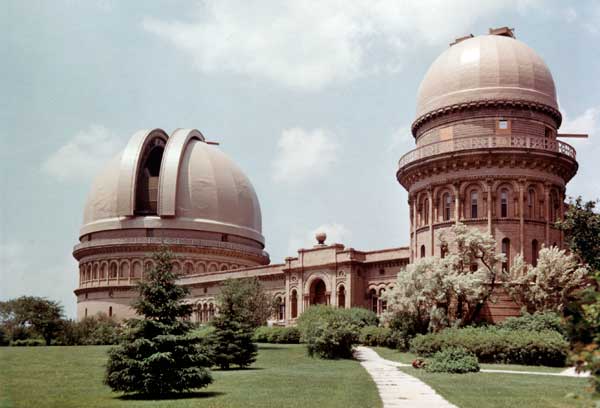
S&T Archive
The Yerkes Observatory in Williams Bay, Wisconsin, will significantly scale back its astronomical programming this summer and cease operations on October 1, 2018. But Yerkes is not closing, mind you, just reorganizing.
To people in the astronomy and education communities, Yerkes Observatory has an almost mythical quality. Built in the 1890s, it is world-famous for housing the largest refracting telescope in the world, a 40-inch diameter, 60-foot long metal behemoth that weighs over six tons.
This monster of a telescope has a most appropriate home: it stands caged under a gray dome at the apex of a fancifully adorned brick and concrete castle at the edge of a crystal lake. It is a place that anyone who loves astronomy and history will, at one point in their lives, make a pilgrimage to see.
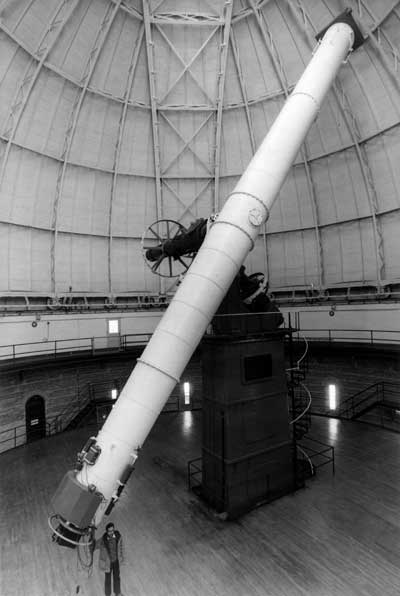
S&T Archive
The University of Chicago’s Department of Astronomy and Astrophysics has served a dual role in the operation of the Yerkes Observatory, where it conducts astronomical research while fostering education outreach to the community. However, critics said the equipment is too old and the weather too poor for research, while the location is so removed from population centers that it cannot draw large numbers of visitors.
When would the University of Chicago tire of holding on to this relic that lies nearly 100 miles and another state away?
My Visit to Yerkes
In the summer of 2005, I made my own pilgrimage to Yerkes to behold the massive refractor and browse the ornate details of the structure itself. Dr. Kyle Cudworth, then-director of Yerkes, was the perfect tour guide.
Cudworth shared the history of how a slick, fast-talking astronomer, George Ellery Hale, convinced Charles Yerkes, a Chicago businessman saddled with a bad reputation, to finance both the telescope and the observatory to the tune of about $300,000. (That's in 1890s currency; it would be roughly equivalent to $8 million today.)
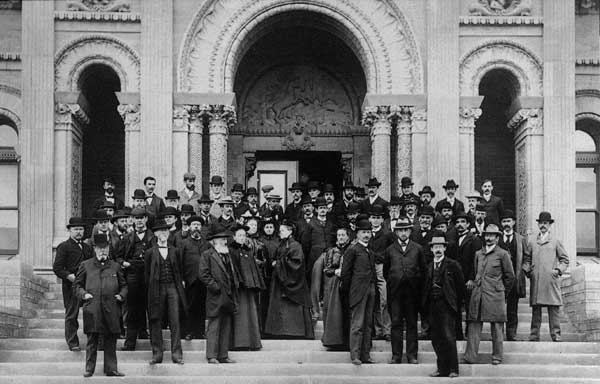
S&T Archive
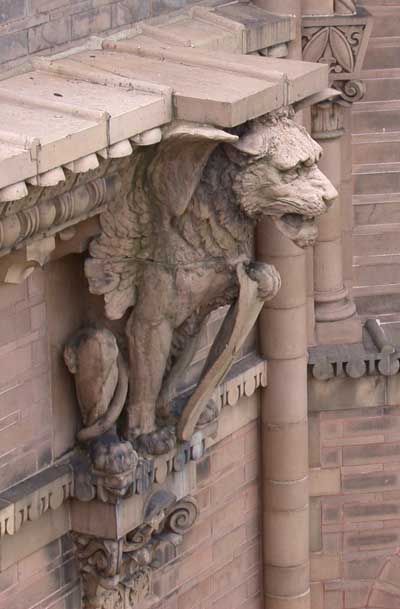
Craig Niemi (Cincinnati Observatory Director)
Cudworth also highlighted the intricate and unique carvings found in every nook and cranny of the exterior. Heck, it even had gargoyles hanging over the eaves!
Then I entered the holiest of sites: the dome of the 40-inch refractor. As I gazed skyward, mouth open, I stood in awe of this work of engineering. Although not classically attractive, the telescope is industrial, functional, and downright steampunk.
“How do you look through the telescope?” I asked. “It’s still 15 feet above me!”
“Hold on to something,” Dr. Cudworth warned curtly.
With the push of a button, a great motor raised the entire circular floor to the level of the eyepiece. No climbing rickety ladders for these astronomers – they bring the floor to the telescope.
I left Yerkes thinking, “Everyone needs to see this place!”
If Only Everyone Could Visit
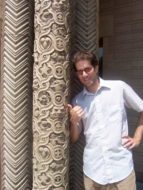
The announcement to scale back operations at Yerkes is not a death sentence for the beloved institution. The doors will not be barred on October 1st, and the wrecking balls will not start tearing down the gargoyles just yet. The University of Chicago genuinely wants to find a solution for Yerkes — to discover a way to make the facility thrive as a museum, an education center, or a tourist attraction. They want to find or create a motivated non-profit to convert Yerkes from a 20th-century research facility into a viable, vibrant historic landmark. There are several models in the United States for how this can be accomplished — including my own Cincinnati Observatory.
But now the clock is ticking. What will happen to the lakeside castle-observatory? Don’t delay. Visit today.
 7
7
Comments
nwcc
March 23, 2018 at 4:39 pm
Actually, the equivalent dollar value would be closer to $20 million at today's gold price.
You must be logged in to post a comment.
Elofson
March 23, 2018 at 5:24 pm
It's so beautiful. The building is a piece of art and has to be preserved.
You must be logged in to post a comment.
postrevolutionary
March 28, 2018 at 5:50 pm
Absolutely! The building itself is one of the finest achievements in the history of astronomy. Tearing it down would be a crime against future generations. Wake up, University of Chicago!
You must be logged in to post a comment.
Dale Lehman
March 23, 2018 at 6:53 pm
I visited Yerkes in 1974 or 1975 (I think) in the company of a UC graduate student as part of a program paring Eagle Scouts with people working in the occupation they wanted to enter. At that time, I had my sights set on an astronomical career. I don't recall if I got to see the 40 inch--maybe just a glimpse from outside the room--but we toured around various work areas, and I was introduced first hand to things I'd only heard about at that time, such as a blink comparator, freezers full of photographic plates, and so forth. The technology has changed some since then. But it was quite an experience!
You must be logged in to post a comment.
Stephen-Zumbo
March 26, 2018 at 12:58 pm
I visited Yerkes Observatory once, when I was living in southwest suburban Chicago . At the moment, I cannot remember who brought me. There are slippery stone stairs leading to the telescope floor. My memory tells me that we were discouraged from trying to get me there in my wheelchair, but that my friend did do so (with help from one or more visitors or staff), and then we got to see the great refractor and hear its history. I believe if I recall correctly that some of this history is also detailed in the amazing book, The Great Machine, which tells the history of the construction of the 100-inch reflector on Mount Palomar in California. I wish I had had the opportunity to see some night sky objects through the Yerkes reflector. I'm sure a web search or I searched through my own astronomy books will bring up some images, but how amazing it would be to have my own eyes raised to the eyepiece by a movable floor without leaving my wheelchair seat!
You must be logged in to post a comment.
ericrachut
April 18, 2018 at 4:07 pm
The 26 inch refractor at US Naval Observatory in Washington, D.C., and the 30 inch Thaw refractor (with lens refigured) at Allegheny Observatory in Pittsburgh, are in active use, the former for double star measurements and the latter for astrometry (most search for extrasolar planets). So the Yerkes scope COULD be used. If that does not happen, however, perhaps the Museum of Science and Industry in Chicago could take it, at least for an exhibit and perhaps for viewing.
You must be logged in to post a comment.
Lawrence-Faltz
July 13, 2018 at 8:17 am
We visited on June 29th. An astonishing place of both astronomical and architectural distinction. I can understand why the U of C doesn't want to support it anymore from a research perspective, but it is very sad that an enormous amount of local education, student research and public outreach will stop. It will take a lot of money to even keep it open as a museum, what with its size and complex maintenance needs, and that's going to make it difficult for any institution or charitable foundation to support it. Perhaps the state of Wisconsin would step in, maybe in association with the local municipalities of Lake Geneva and WIlliams Bay. And why is Yerkes not a National Historic Landmark? It surely meets the definition of having "national significance in commemorating the history of the United States of America."
You must be logged in to post a comment.
You must be logged in to post a comment.